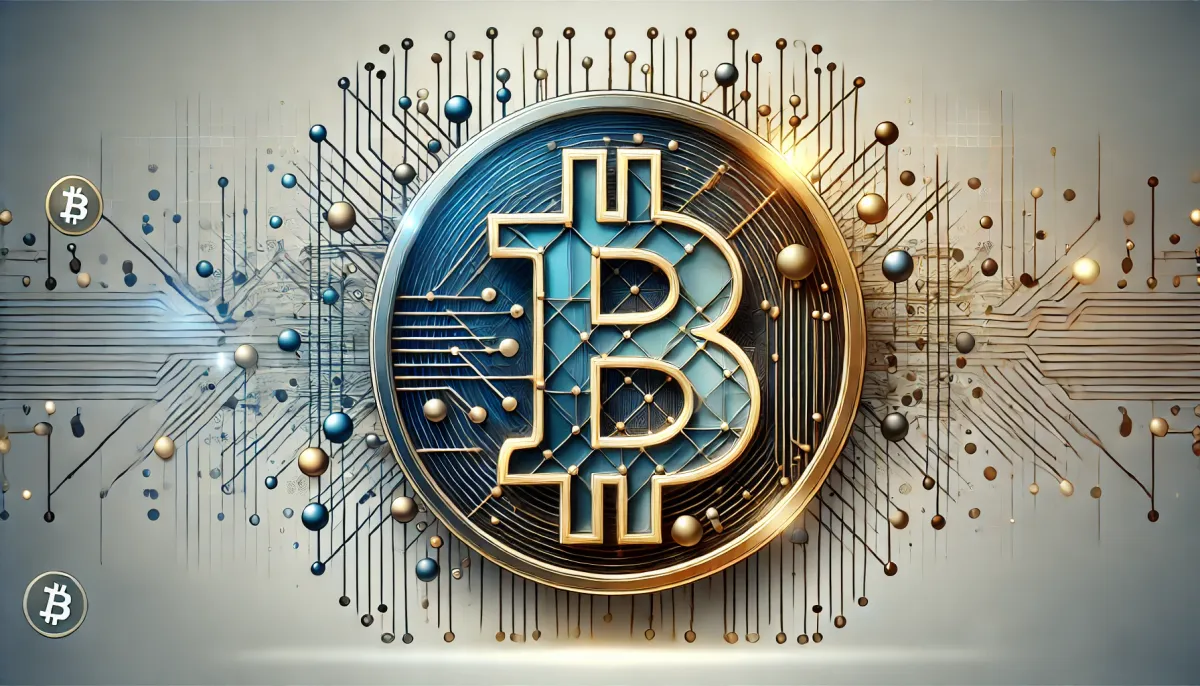Iris Energy’s Strategic Shift: AI, HPC, and Mining Resilience
The November 1, 2023 Mining Pod episode featured Daniel Roberts discussing how Iris Energy is expanding into artificial intelligence (AI) and high-performance computing (HPC).

Short Take Notes
My 'short take' summaries focus on the content of podcast episodes; they do not reflect my own views. If you have comments about this short take note, please leave a comment below (requires signing up for a free blog subscription). Note that some of the podcasts I summarize are likely sponsored episodes: don't trust, verify, if the information you are looking for is to be used for decision-making.
Summary
In an November 1, 2023 episode of The Mining Pod, Daniel Roberts explains how Iris Energy will expand its focus beyond Bitcoin mining by integrating AI and HPC capabilities, while maintaining a resilient cost structure and robust infrastructure to ensure competitive advantage in an evolving market.
Take-Home Messages
- AI and HPC Expansion: Iris Energy is investing in Nvidia GPUs to diversify its operations beyond Bitcoin mining, leveraging its robust data centers to explore AI and HPC opportunities.
- Mining Hardware Acquisition: The acquisition of S21 mining units strengthens Iris Energy’s competitive hash rate, improving overall mining efficiency and maintaining market position.
- Power Market Optimization: Iris Energy’s advanced energy pricing strategies lower operational costs, providing a crucial edge over competitors as Bitcoin’s market landscape evolves.
- Positioning for Bitcoin Halving: With zero debt and a cost-efficient structure, Iris Energy is strategically positioned to endure upcoming Bitcoin halving events, remaining profitable even as block rewards decrease.
- Long-term Data Center Vision: By investing in high-quality, multi-purpose infrastructure, Iris Energy aims to future-proof its facilities, supporting diverse computational needs and securing long-term operational resilience.
Overview
In this November 1, 2023 episode of The Mining Pod, Daniel Roberts, co-CEO of Iris Energy, discusses the company's evolving strategy to diversify beyond Bitcoin mining into AI and high-performance computing (HPC). Iris Energy has invested in Nvidia GPUs, leveraging their existing infrastructure to explore broader computational applications, aligning with the growing demand for advanced data services.
Additionally, the conversation highlights the acquisition of S21 mining units, which will increase their hash rate efficiency, ensuring Iris Energy maintains a strong market position. Roberts emphasizes the significance of a robust infrastructure and how the company’s data centers, built for multi-decade adaptability, play a critical role in their competitive advantage.
Iris Energy’s focus on optimizing power costs is another key component of their strategy. By actively managing energy prices and market participation, they aim to ensure profitability even during periods of low Bitcoin prices. This resilience is crucial, especially with the looming Bitcoin halving that will cut mining rewards.
Broadcast Highlights
- AI and HPC Expansion: Nvidia GPU purchases signal Iris Energy's shift into AI and HPC, a diversification move aimed at reducing reliance on Bitcoin mining revenues.
- S21 Mining Hardware Acquisition: Recent investments in new mining units will enhance efficiency and increase hash rate capacity.
- Multi-purpose Data Centers: The emphasis on high-quality, scalable infrastructure positions Iris Energy well for future technological shifts.
- Optimized Energy Costs: Participation in power markets has helped Iris Energy maintain low operational costs, a key differentiator.
- Institutional Interest: Visits from analysts, such as those from JP Morgan, highlight growing institutional credibility.
- Risk Management in Tech Adoption: Detailed the due diligence process behind adopting the new S21 units, reducing potential operational risks.
- Competitive Positioning: The discussion covered how Iris Energy plans to stand out among established miners like Marathon and Riot.
- Data Center Design Adaptability: The infrastructure allows for easy adaptation to newer technologies, supporting both ASIC and GPU mining.
- Energy Strategy for Profit Resilience: Active power market strategies provide resilience against energy price volatility, supporting consistent profitability.
- Long-term Vision Beyond Bitcoin Mining: By investing in AI and HPC, Iris Energy aims to create new revenue streams beyond Bitcoin mining, ensuring long-term financial stability.
Implications
Iris Energy’s investment in AI and HPC capabilities could position them as pioneers in diversifying beyond Bitcoin mining, setting a precedent for other miners. If successful, this approach could provide a stable income stream that mitigates the risks associated with declining block rewards after future Bitcoin halvings.
Their focus on cost efficiency through advanced energy management also has broader implications for sustainability within the mining sector. By minimizing energy costs and flexibly adjusting to power market conditions, Iris Energy is demonstrating a model of financial and operational resilience that could inspire similar efforts across the industry.
Future Outlook
Looking ahead, Iris Energy’s success will largely depend on how well they execute their diversification into AI and HPC, while continuing to optimize Bitcoin mining operations. Their robust, multi-decade data centers offer significant potential for accommodating diverse computing needs, from ASIC to GPU workloads. As the Bitcoin halving approaches, their low-cost operational model will be critical in enduring reduced block rewards, potentially allowing them to consolidate market share as less efficient competitors exit.
Broader Implications for Bitcoin
Institutionalization of Mining Operations
The focus on building multi-decade, high-quality infrastructure highlights a maturing trend in Bitcoin mining. As more miners prioritize scalability and operational efficiency, we may see increased consolidation within the sector, with those capable of building robust, adaptable infrastructure gaining a significant competitive edge.
Energy Market Flexibility and Cost Optimization
Iris Energy's power management strategies offer insights into how optimizing power consumption and participating actively in energy markets could become a model for the industry, particularly in jurisdictions where energy costs or regulations are becoming increasingly challenging. This focus on energy market participation aligns well with growing sustainability pressures on the sector, presenting a way for miners to align economic incentives with environmental concerns.
Long-term Adaptability and Resilience
The adaptability of Iris Energy’s data centers underscores the importance of infrastructure capable of evolving with technological advancements. By building facilities that can accommodate both ASIC and GPU workloads, Iris Energy ensures operational flexibility. This flexibility is likely to play a key role in maintaining competitiveness as computational needs and energy efficiency requirements change, reinforcing resilience across various market cycles.
Shaping Bitcoin Governance and Network Security
Iris Energy's emphasis on their role in the Bitcoin network through low-cost, high-efficiency mining operations could have broader implications for Bitcoin governance and network security. As block rewards decline, the concentration of hash rate among cost-effective miners may impact the decentralization of the network. This centralization risk will need to be addressed to maintain Bitcoin’s foundational ethos of a decentralized, permissionless system.



Comments ()